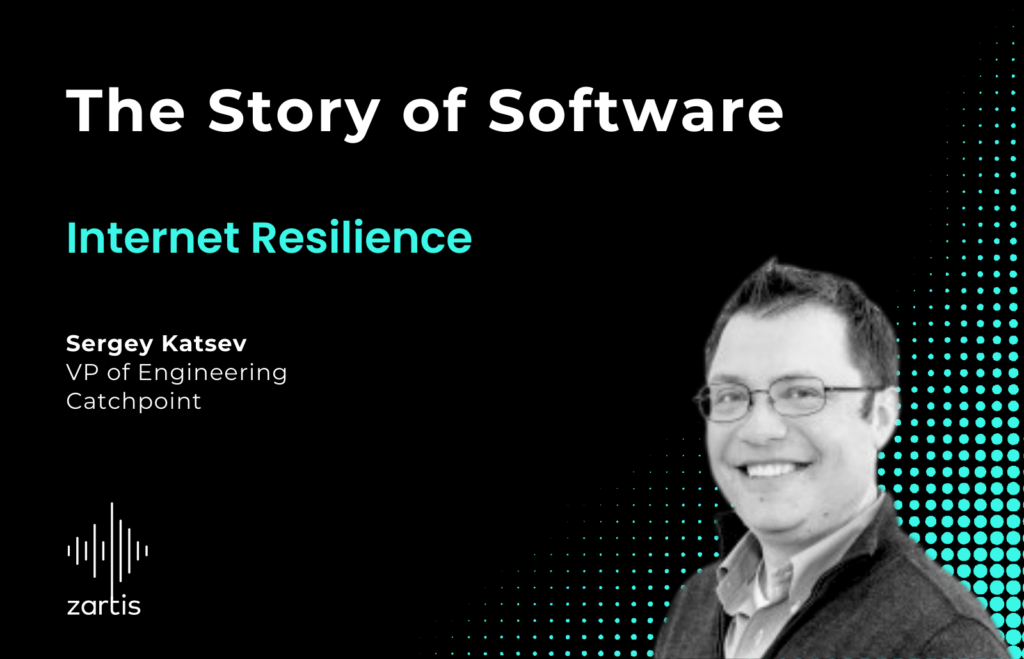The Guest – Krenar Muhidini, Director of Software Development at EML
Krenar Muhidini is the Director of Software Development at EML, a global payments solutions platform. Krenar is here today to talk about the unique challenges that come with running a payments technology company, and the modernisation of legacy systems in this domain.
Transforming Transactions: The Journey to Modernizing Legacy Payment Systems
In today’s fast-paced digital landscape, the payments industry faces unprecedented pressure to innovate while adhering to stringent regulatory standards. Legacy payment systems, once the backbone of financial transactions, now pose significant challenges to agility, scalability, and security. As FinTech companies strive to stay competitive and meet evolving customer expectations, modernizing these outdated systems has become not just an option, but a necessity.
This article delves into the complexities and opportunities associated with updating legacy payment technology. We’ll explore the technical debt accumulated over years of incremental updates, the delicate balance between maintaining compliance and fostering innovation, and the strategic steps FinTech companies can take to streamline their systems.
Some of the highlights in this episode include:
- Tackling the challenges of the payments industry
- Strategies for fostering transparency and communication in remote teams
- Simplifying legacy systems for future success in fintech
- How emerging technologies are revolutionising fintech
What are the biggest obstacles FinTech companies face when attempting to modernise their legacy systems?
I would say that the accumulation of unnecessary complexities and technical debt over time is a major obstacle, not just for FinTech companies but for other corporates as well. Legacy systems often grow organically, evolving to meet immediate needs without considering long-term scalability or maintainability. As a result, they contain redundant code, outdated technologies, and processes that become difficult to work with in an agile and innovative space. One of the most crucial steps in modernization is recognizing that not all components of legacy systems are necessary, which requires support from the business. Many FinTech companies find themselves burdened by a significant amount of code that no longer serves a purpose or aligns with current business objectives. In fact, it’s estimated that up to 80 percent of the code in large enterprises is unnecessary. To overcome this obstacle, an assessment of the legacy system is required to identify redundancies and inefficiencies within the systems or codes. This includes identifying applications that are no longer needed or those that are overly chatty with each other. Simplifying the system by removing these complexities and technical debts enables the organization to focus more on core functionalities that align with their future strategy.
Listen to the Story of Software on:
Apple Podcasts, Spotify, Stitcher, Deezer, & any other podcast platform of your choice. The Story of Software Podcast is produced by Zartis, a software services company. We hope you enjoy listening to this tech podcast and feel free to share any feedback with us: podcast@zartis.com







